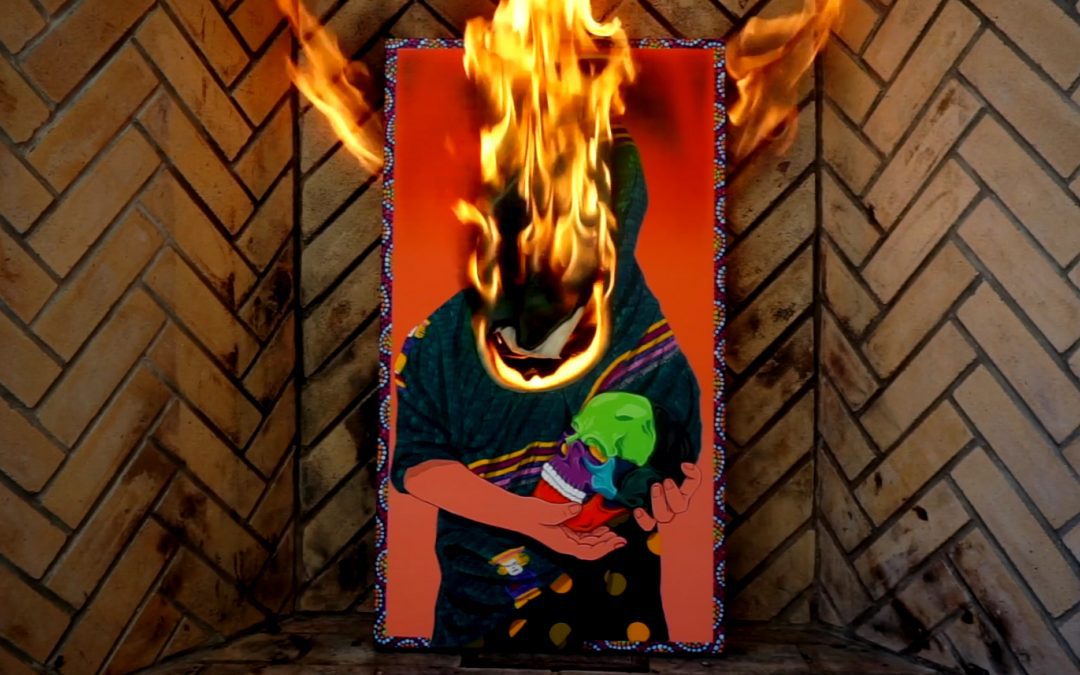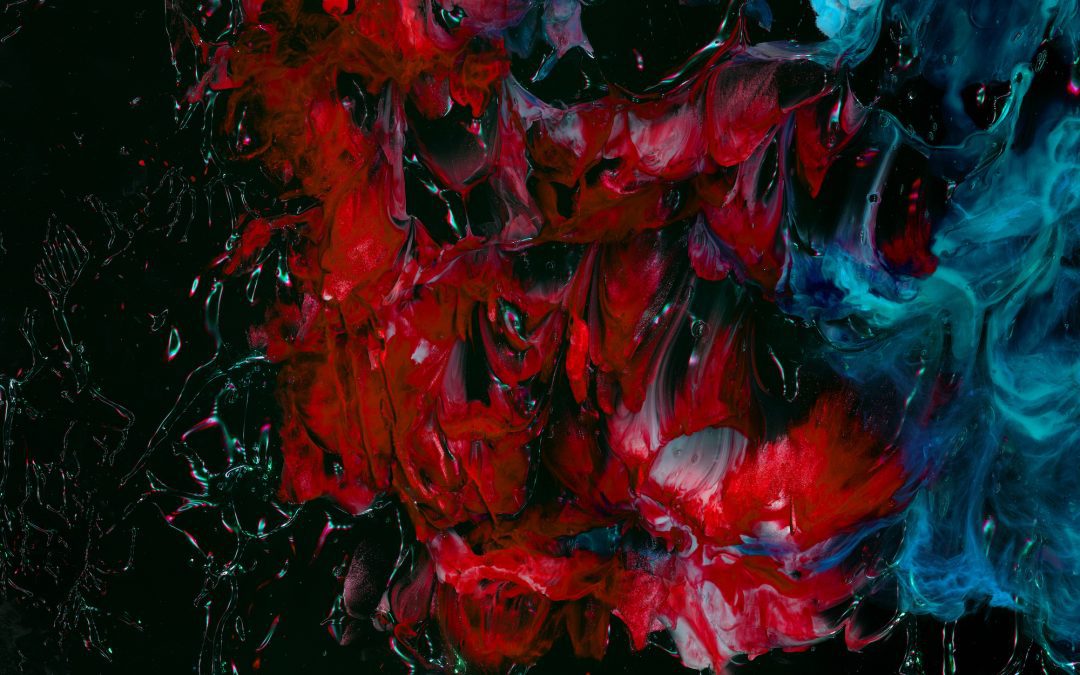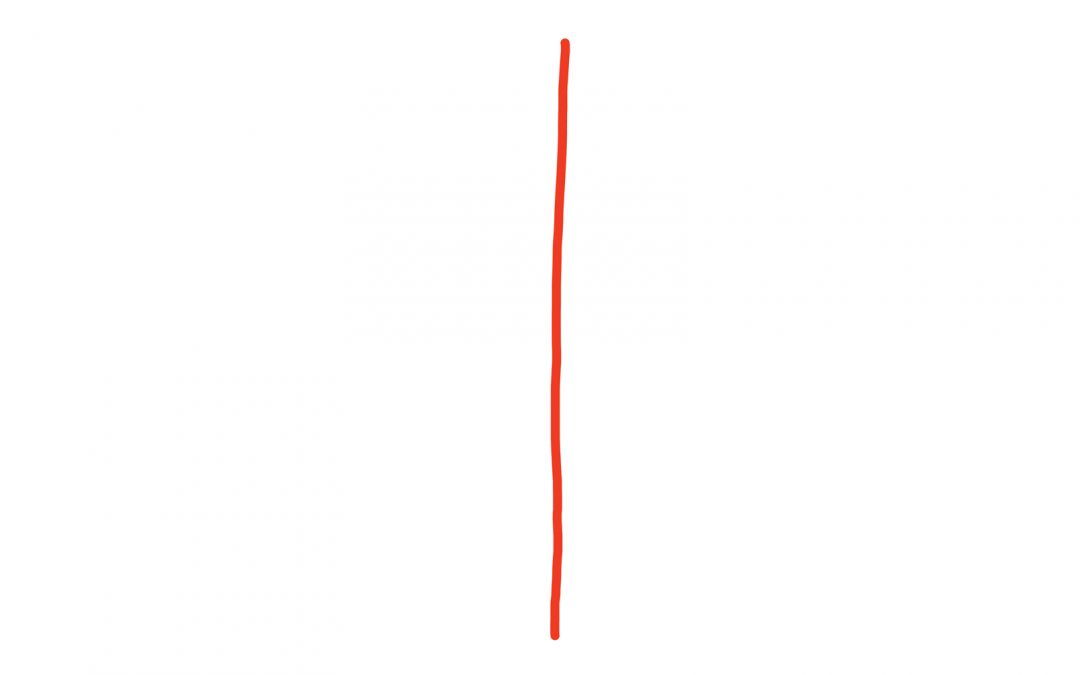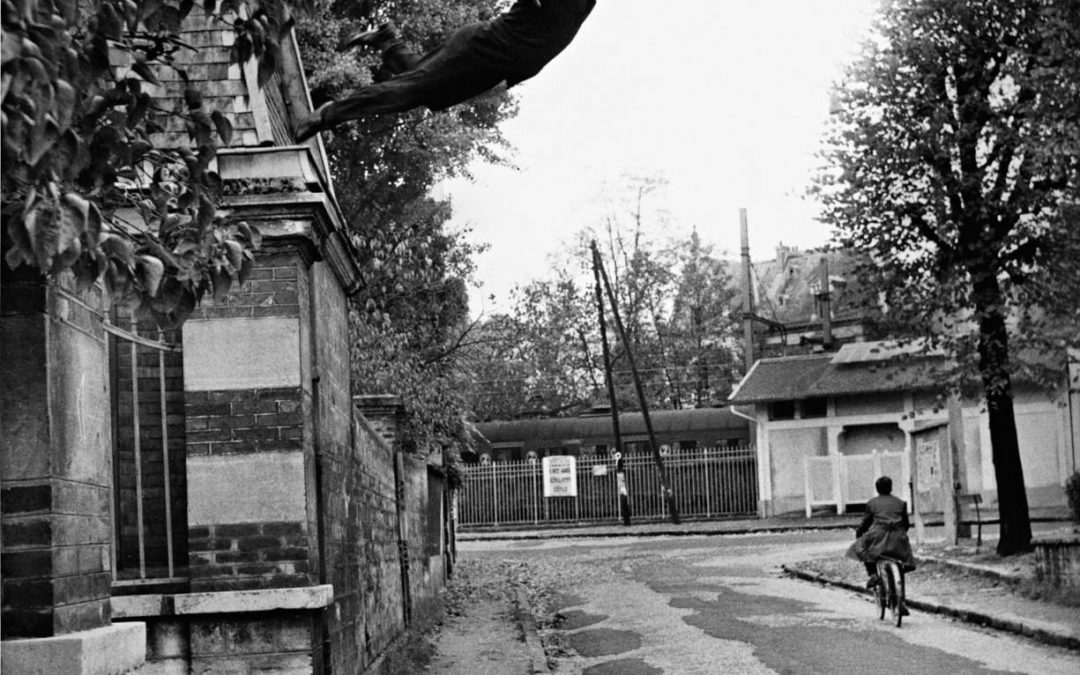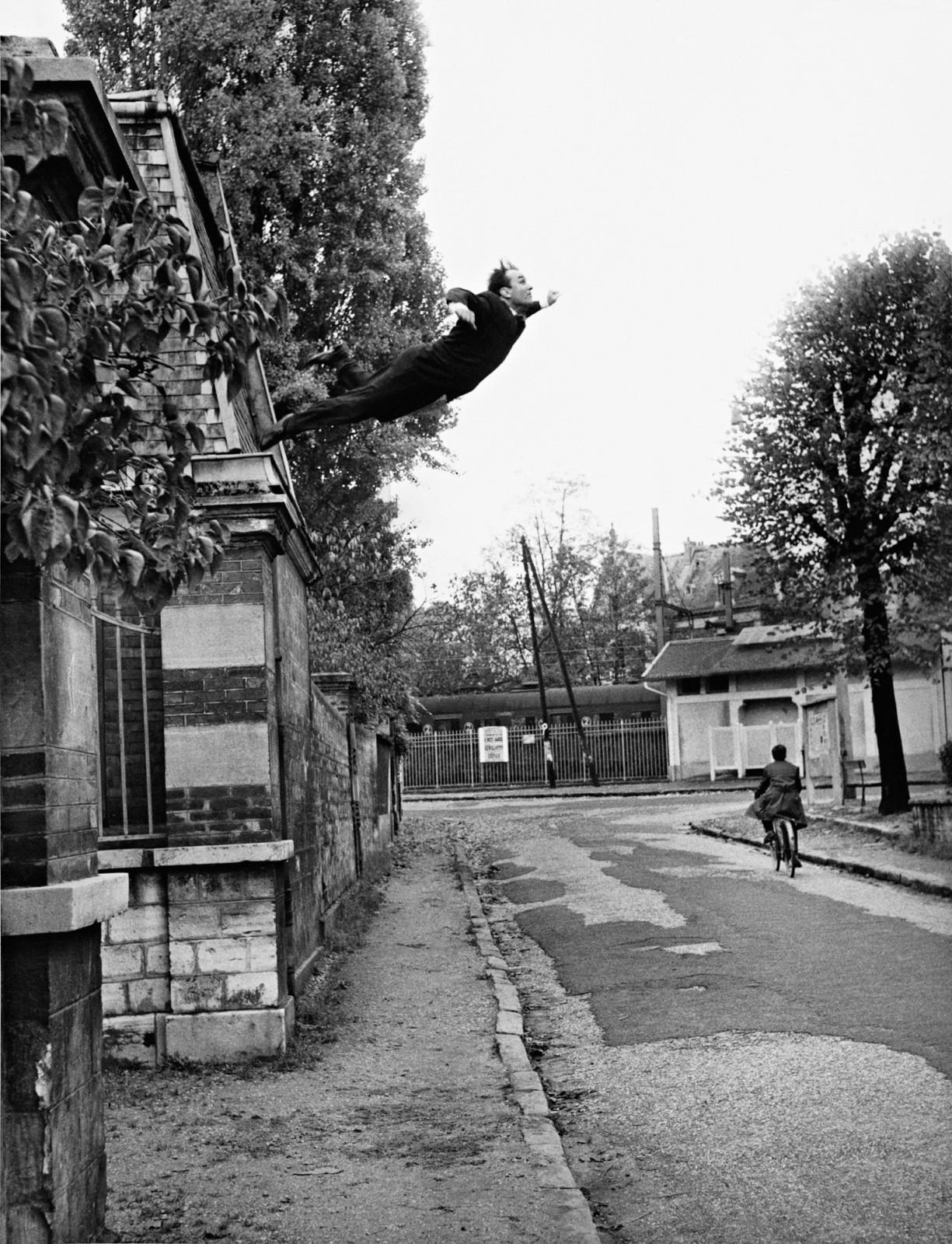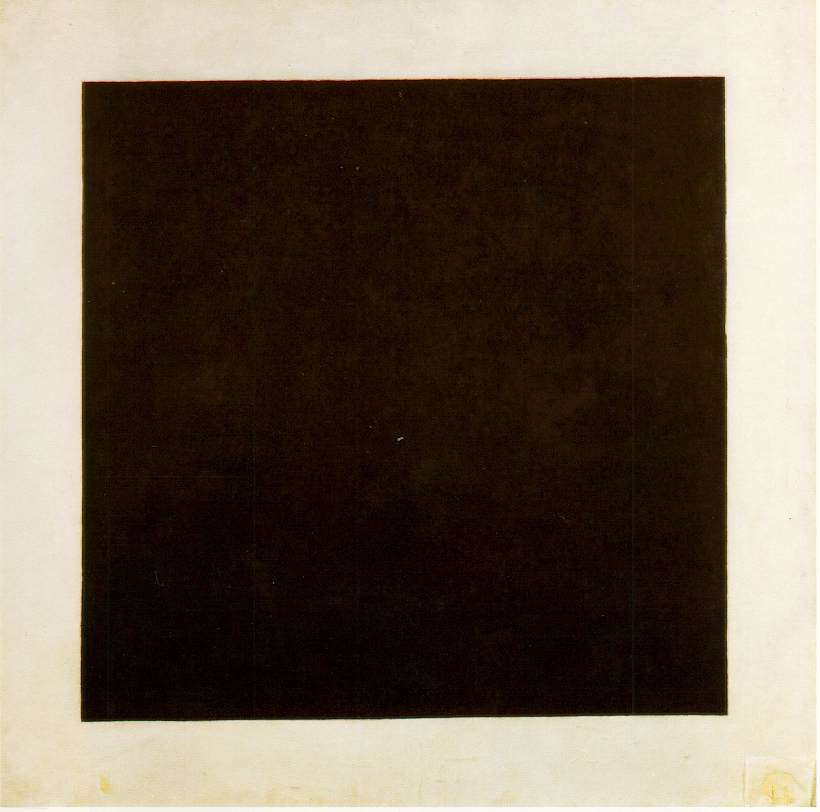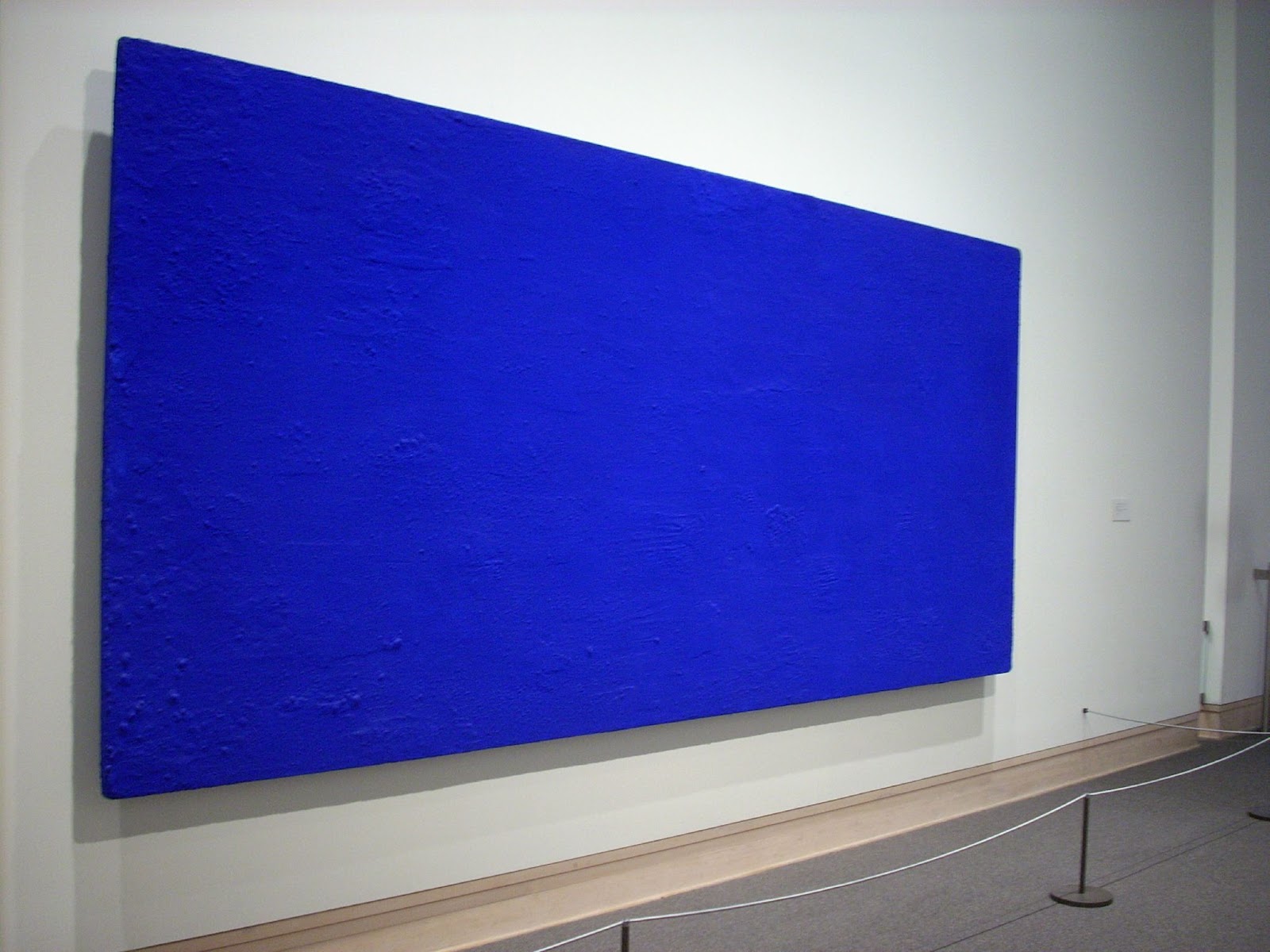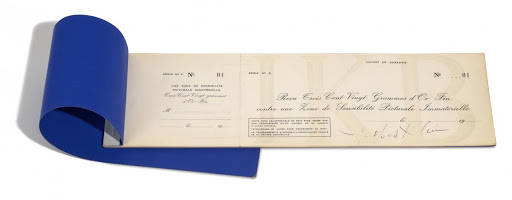In recent years, the growing interest in NFTs has sparked discussions surrounding art as an investment, prompting one to consider: How did art become valued and traded as a financial asset?

Invisible Cities: Nate Mohler
The interview is conducted as part of the SuperRare April Exhibition: Invisible Cities, curated
Nate Mohler is an emerging media artist who works with technology as a paint brush to build conceptual and avant-garde experiences through digital art. A 2019 UCLA graduate with a B.A. in Design | Media Arts, Mohler is intrigued with the fusion of conceptual art and technology to support connectivity and social activism with unconventional space and sound. His work focuses on eliciting action and question through digital mediums such as projection mapping, immersive installations, sculpture and video art. Mohler treats each project as an opportunity to evoke emotion, challenge thought, or support social change.
Describe the cities in your art.
The Cities in this series include Amsterdam, Paris, Culver City, and Los Angeles. I hope to continue adding to this series, discovering the technique more, and exploring the architecture of cityscapes.
How did you become interested in using cities as the subject of your art? Which aspects of cities fascinate you the most?
What fascinated me most was the strong architecture found in these cities and the motion within them. The slight details of people walking, to cars, or crashing waves seemed to push the paint around and cause streaks in the video. These elements created a beautiful synergy between the paint technique I was exploring and the concept of memories and immortalizing the place.
What do cities mean for you?
Cities and I have a love and hate relationship, kinda like dating for an extended period of time, falling in love with them and then trying to get away. They cost lots of money but then reward you with fun times. You spend hours on the freeway contemplating your life choices, but then get exposed to new cultures and forget all about it. If there’s one thing LA has taught me, is the importance of culture and how to waste hours on the freeway.
Which are your favorite cities? How do these cities inspire you and influence your art?
My favorite city of the “Painted Cities” series is probably the first one I created, the Roman Forum. It was the first city I tested this technique with and took my breath away. It also was the perfect scene to represent this idea of immortalizing a nostalgic moment. The city’s architecture by itself reflects the history and life of its people.

Rome
Edition 1 of 1
“Rome” — Mohler. Dec. 1, 2020. Video: 45sec. 3840px w. 2160px h. Ai neural style transfer treatment of footage of the Roman Forum taken by Mohler in 2018. First of the “Painted Cities” series which explores the subconscious of Ai and painted video.
What are you trying to express through depiction of cities? In portraying cities, what are the (bigger or personal) stories you’re trying to tell?
The locations in the series “Painted Cities” are all places I’ve spent time in while studying media art back in 2018. They are moments filled with inspiration and personal memories. Views of each city often resurface in dreams and desires when trying to escape the mundane pattern of everyday life here in LA. The cities in my work are actual places, but also a figurative representation of them during something of a dream-like state, an imaginative moment. An Ode to the presence a city has on a person. A tribute to the architecture, the people, and the culture.
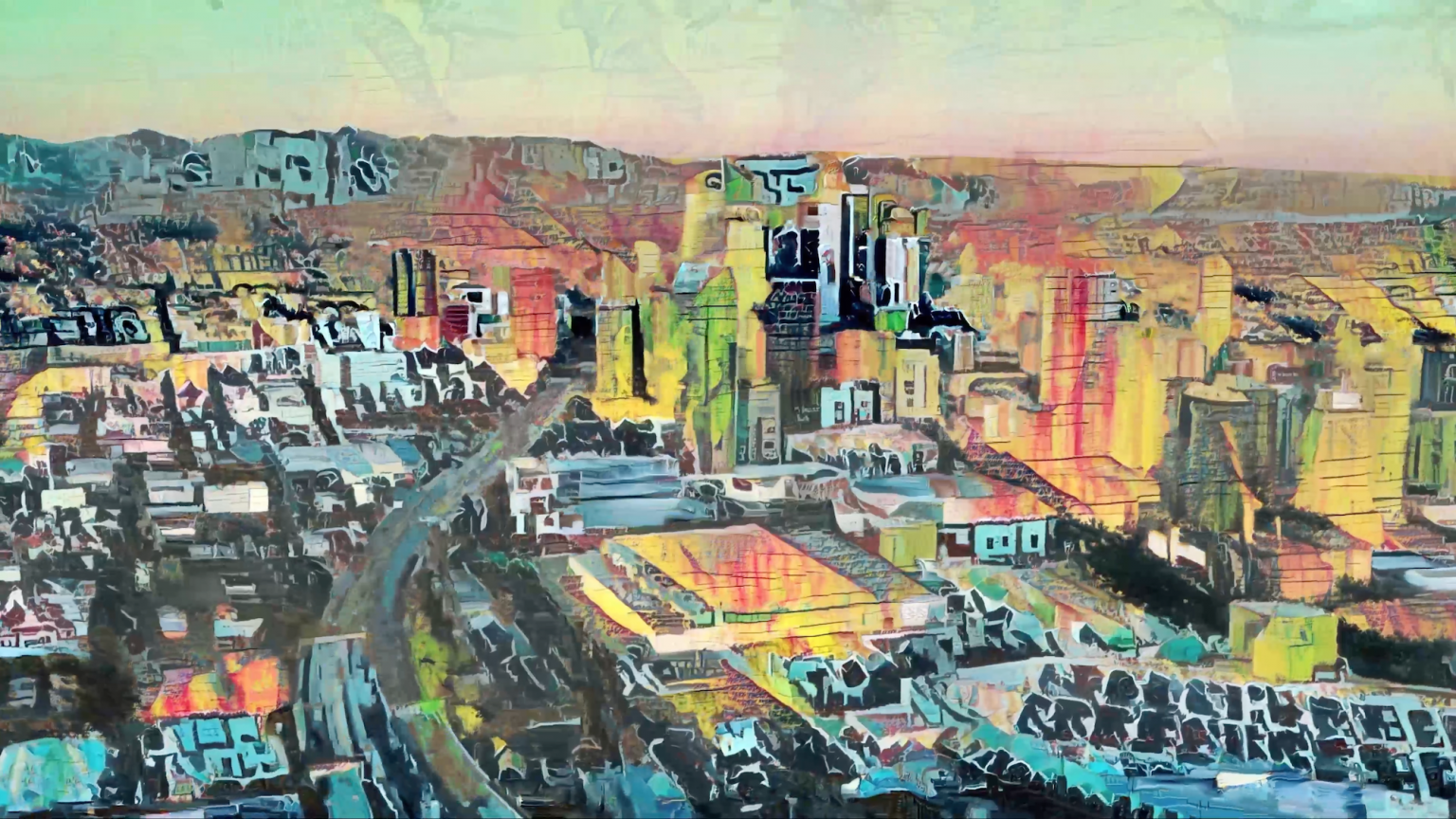
Grunge City
Edition 1 of 1
What’s your approach to make art about cities (creative process, technique, art genre, aesthetics etc.)
The process is not complex but requires a series of steps and lots of patience. First, I source a base video input and look for something slow with two forms of motion; a main camera movement and smaller secondary motion such as cars or people. Next, I source a series of watercolor textures or photographs from the area to use as “style” inputs. I then process the input video and style frames through a machine learning process called neural style transfer. Which attempts to identify intricacies in the input video and match textural moments in the style image. Often this experimentation takes multiple attempts to find the perfect harmony between color, motion, and texture. The result is something short of code assisted hallucinations.



Skate Grunge
Edition 1 of 1
What does your ideal city look like?
I believe cities have a responsibility to uphold a standard of human life and sustainability. My ideal city would have less freeways, have more nature, encourage discourse and art, be sustainable and energy efficient. I think of Barcelona and mid-day siestas. Or 1990’s Venice Beach with its laid back culture and fighting spirit (I was born in 1997 lol). Grungy yet beautiful. Not too rich and not too poor. Amazing architecture, amazing parks, and amazing bike paths.
What’s the relationship between people and cities (or nature and cities) in your art?
People play an important role as little brushes disrupting the paint in the video. In “Paris” and “Amsterdam” the people and cars seem to push the paint and leave a trail behind them. People are the life of the city, therefore integral to this series.
What are the little things you want your viewers to notice in your art?
I hope people notice the people, they’re hard to see but special. Maybe they can spot me?
What’s your dream art project to do?
Oooh this is a good question. My dream art project would be to build a massive public art sculpture that serves as a nursery for plants and animals, lights up at night, and offers research into the city and supports the community. The whole piece could use input from each of its residents to create a personal experience and reflect its community.
Tech
No Results Found
The page you requested could not be found. Try refining your search, or use the navigation above to locate the post.
Curators' Choice






SuperRare Staff Picks, Vol. 2
In volume two of our SuperRare Staff Picks our Director of Engineering, DevOps Engineer, Product Support Specialist, and Copywriter offer their recent favorites.





